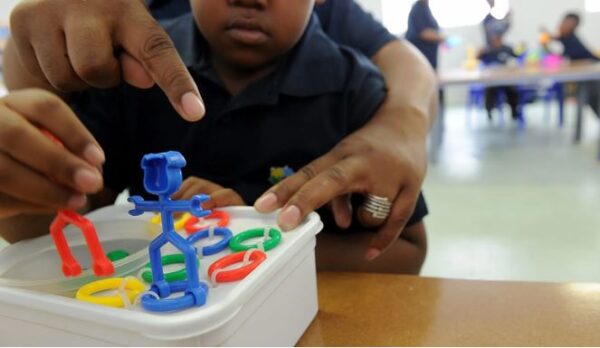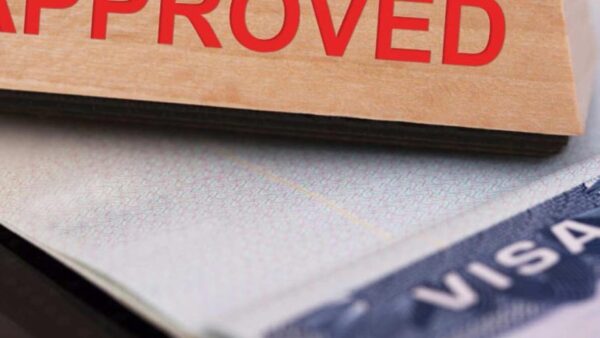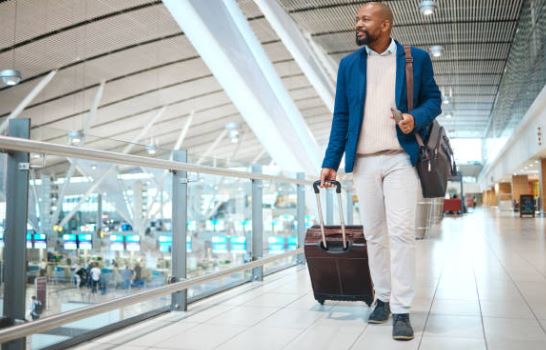Lifestyle
What to consider when travelling with a autistic child

For the past few years, I have faced a challenge that many parents with autistic children experience – taking the family on holiday with my 10-year-old daughter, who is on the autism spectrum.
While wanting to choose a destination that the rest of the family will enjoy, I always consider the needs of my autistic daughter first. Although she is not severely on the spectrum, she struggles to control her emotions. I am always acutely aware of the other guests’ reactions to a child who is louder and more boisterous than other children, which can be considered unruly.
What I have learned is that the staff are always accommodating, and 99% of the time, so are the other guests. However, there have been the odd occasions when fellow guests have given me an odd glance when she becomes rowdy. Not everyone is comfortable around children who are considered to be “different” – however, I believe that these children should not be hidden from society, and it is no longer acceptable for society to shun them.
Considering that nowadays one-in-a-hundred children born is somewhere on the spectrum – whether with Asperger’s, ADHD, or autism – society needs to be conscious of the fact that, like all families, those with children who have special needs also travel and take vacations.
Children with autism are sensitive to sounds and textures, which can compound these challenges, and parents need to anticipate how this will affect their children. Changes in routine and surroundings can lead to heightened anxiety and stress, impacting their ability to cope with new environments.
As a result, I choose destinations that have outdoor activities and space for her to express herself and be a little wild when she needs to.
Mark Blakey, a writer from Autism Parenting Magazine, offers his expertise on appropriate strategies parents can use while travelling with their autistic children for a more enjoyable travel experience.
1. Pack their favourite toys and blankets
Bring along comfort items such as favourite toys, snacks, or sensory tools to provide familiarity and security during travel. Blakey adds: “Consider including noise-cancelling headphones, weighted blankets, or chewable jewellery to help regulate sensory input and promote relaxation.“
Although this may take extra packing space and pre-planning, I have found that this makes a huge difference with my daughter – it grounds her, having things around that she is familiar with.
2. Pack essentials in your carry-on
Pack essential items, such as medications, snacks, and sensory tools, in your carry-on bag for easy access during travel. Blakey advises: “Make sure you have all necessary documentation, including medical records, doctor’s notes, and identification cards, to facilitate access to accommodations and services. People tend to forget these crucial items, but they can make a significant difference in ensuring a smooth and stress-free travel experience for individuals with autism.”
3. Plan for downtime
Blakey also suggested that parents schedule regular breaks and downtime during travel to allow their child to decompress and recharge. Plan quiet activities or visits to sensory-friendly spaces to provide relaxation and sensory regulation opportunities.
Travelling with a child on the autism spectrum can be challenging, but with the right strategies and planning, it can also be a rewarding experience for the whole family.
By choosing the right destinations, packing familiar items, and allowing for plenty of downtimes, parents can create a more enjoyable and less stressful travel experience. As awareness and understanding of autism continue to grow, it’s essential for society to embrace and accommodate the diverse needs of all families, ensuring that every child has the opportunity to explore the world and create lasting memories.










